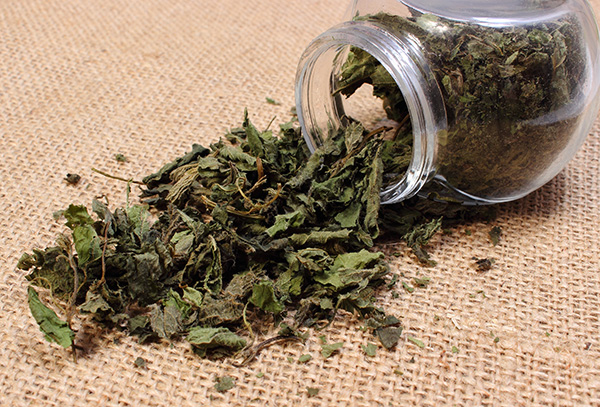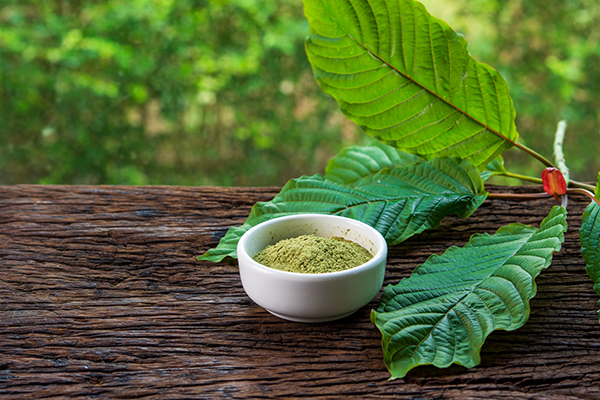What Tea Is Good for Sciatica Pain?
Sciatica pain can be a debilitating experience for many individuals, and finding natural remedies to help manage this discomfort is essential. One such remedy is the consumption of certain types of tea. stenosis, and piriformis syndrome.

Can Tea Help With Sciatica Pain?
Tea has long been used as a natural remedy for various ailments, including pain relief. Certain teas contain compounds with anti-inflammatory, analgesic, and muscle-relaxing properties, making them potentially beneficial for individuals suffering from sciatica pain.
Best Teas for Sciatica Pain Relief
1. Turmeric Tea
Turmeric is a powerful anti-inflammatory spice that has been used for centuries in traditional medicine. Curcumin, the active compound in turmeric, has been shown to reduce inflammation and provide pain relief. Turmeric tea is an excellent option for individuals experiencing sciatica pain, as it can help reduce inflammation along the sciatic nerve.
2. Ginger Tea
Ginger has potent anti-inflammatory and analgesic properties, making it an effective natural remedy for sciatica pain. Ginger tea can help reduce inflammation, ease muscle pain, and improve circulation in the affected area. Additionally, ginger has been shown to help alleviate nausea, which can sometimes accompany sciatica pain.
3. Chamomile Tea
Chamomile tea is well-known for its calming and relaxing effects, making it an excellent choice for individuals suffering from sciatica pain. The compounds in chamomile tea can help relax muscles, reduce inflammation, and ease pain. Drinking chamomile tea before bedtime may also improve sleep quality, which is essential for overall health and pain management.
Navigate the world of chamomile with our guide to the best chamomile tea, chosen from dozens of tested brands.
4. Green Tea
Green tea is rich in antioxidants and anti-inflammatory compounds, making it a great option for managing sciatica pain. The polyphenols in green tea have been shown to reduce inflammation and improve circulation, which can help alleviate pain and discomfort caused by sciatica. Additionally, green tea has been linked to various other health benefits, such as improved cognitive function and weight management.
5. Peppermint Tea
Peppermint tea is a popular choice for individuals suffering from various types of pain, including sciatica. The menthol in peppermint has analgesic and muscle-relaxing properties, which can help alleviate sciatica pain. Peppermint tea can also help improve digestion and reduce bloating, which may contribute to sciatica pain in some cases.
6. Willow Bark Tea
Willow bark tea is a traditional remedy for pain relief, as it contains salicin, a compound similar to aspirin. Willow bark has been used for centuries to relieve pain and inflammation, making it a potential option for managing sciatica pain. However, it is essential to note that willow bark can cause stomach upset in some individuals and should be used with caution.
Tips for Brewing and Consuming Tea for Sciatica Pain
To get the most out of these teas, follow these simple tips:
- Use high-quality, organic tea leaves or herbs to ensure maximum potency and minimal contaminants.
- Steep the tea for the recommended time, usually between 3-5 minutes, to extract the beneficial compounds.
- Drink the tea while it is warm, as this can help to enhance its soothing effects on the body. 4. Consider adding natural sweeteners, such as honey or stevia, if you prefer a sweeter taste. However, avoid excessive sugar intake, as it can contribute to inflammation.
- Consume the tea 2-3 times per day for optimal results, but be cautious not to exceed the recommended daily intake for each type of tea.
- Consult with your healthcare provider before incorporating any new herbal remedies into your routine, especially if you are pregnant, nursing, or taking medications.
Additional Tips for Managing Sciatica Pain
In addition to consuming these beneficial teas, consider incorporating the following strategies to help manage your sciatica pain:
- Maintain proper posture and ergonomics when sitting, standing, and sleeping to minimize pressure on the sciatic nerve.
- Engage in regular physical activity, such as walking, swimming, or yoga, to strengthen your muscles and improve flexibility.
- Apply heat or cold packs to the affected area to help alleviate pain and reduce inflammation.
- Perform targeted stretches and exercises to help alleviate pressure on the sciatic nerve.
- Consider seeking professional guidance from a physical therapist or chiropractor for personalized treatment plans and advice.
Conclusion
Incorporating specific teas into your daily routine can be a natural and effective way to help manage sciatica pain. Teas like turmeric, ginger, chamomile, green tea, peppermint, and willow bark have been shown to have anti-inflammatory, analgesic, and muscle-relaxing properties that can provide relief from sciatica symptoms. Always consult with your healthcare provider before trying any new remedies, and combine tea consumption with other lifestyle changes for the best results.





